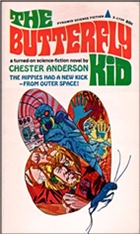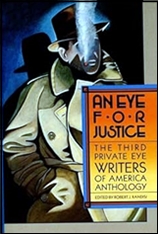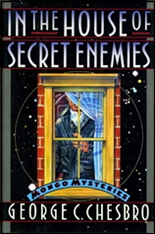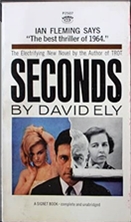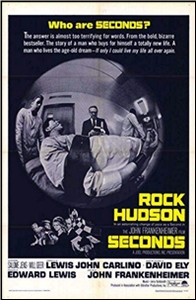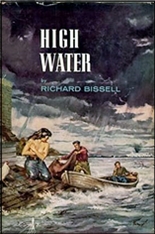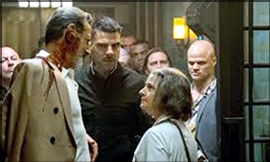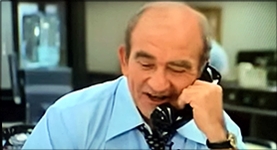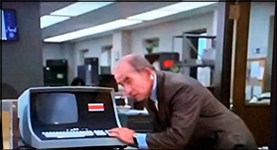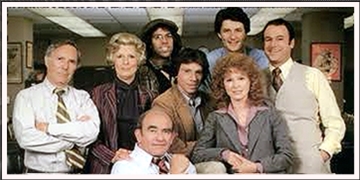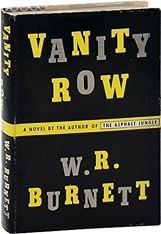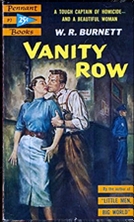Mon 15 Apr 2024
E. BAKER QUINN – One Man’s Muddle. Heinemann, UK, hardcover, 1936. Macmillan, US, hardcover, 1937.
James Strange just spent the past four years in prison for manslaughter and morphine dealing in London. He was insinuated with dirty members of Scotland Yard and was selling confiscated drugs as a side gig. It was a pretty lurid scandal at the time, and his face was infamous.
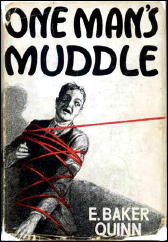
Upon release, he’s decided to go straight. So he heads for the nice, quiet village of Cold Spring. No history, no connections, no hassles. A chance to begin again.
On arriving, first thing he does is run into one of his former junkies. She’s married the local squire, doing pretty well for herself. But still using junk on the sly.
The junky freaks out on seeing Strange, sensing blackmail, and the squire comes finally to know of her junked out ways.
And then she’s murdered. With Strange the leading suspect. Strange is forced to become detective again to prove himself innocent and find the one to blame.
Strange has a compelling voice. Imagine morphing George Harvey Bone (of Hangover Square) with Philip Marlowe. Described as looking like Gary Cooper, sarcastic and witty, but with a flashing psychopathology that scares you enough that you don’t wanna invite him to dinner. Or turn your back.
It’s a strong, tough, uncompromising piece of work, belonging on a shelf with Hangover Square and Brighton Rock. Long out of print, but worth checking out if you can get your hands on a copy.
NOTE: David Vineyard reviewed it previously here on this blog: https://mysteryfile.com/blog/?p=1369
